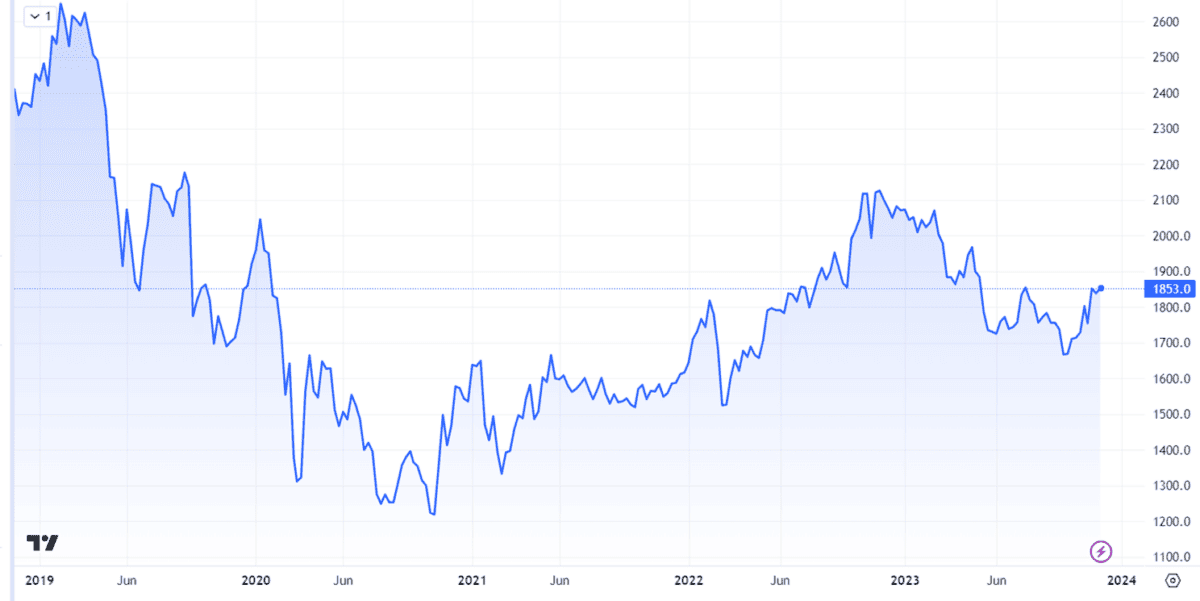As an investor, passive income potential is one of the things I consider when hunting shares to buy for my ISA. A high dividend yield can certainly grab my attention.
Yet there are lots of high-yield shares that I do not end up buying.
Why not?
Should you invest £1,000 in Barclays right now?
When investing expert Mark Rogers has a stock tip, it can pay to listen. After all, the flagship Motley Fool Share Advisor newsletter he has run for nearly a decade has provided thousands of paying members with top stock recommendations from the UK and US markets. And right now, Mark thinks there are 6 standout stocks that investors should consider buying. Want to see if Barclays made the list?
How to think about dividend yield
To illustrate, imagine that you had the chance to buy a share yielding 4% or another one with an 8% dividend yield.
What would be the better choice?
At first glance, the answer may seem obvious. But to my mind, it relies on two key questions.
First, how sustainable is the yield? Secondly, does anything matter except dividend yield?
Dividend sustainability
When it comes to a company’s ability to keep paying its dividend at the current level, greed can be both a friend and enemy of the investor.
In the first instance, it may be yield that attracts attention. I know this from personal experience. Looking at the 8% dividend yield on offer at Legal & General, for example, it strikes me that this is a consistently profitable business with an iconic brand that gives it a competitive advantage.
But being greedy for a high yield can also work against me.
After all, dividends are never guaranteed. I could walk into a value trap by buying a share that has a high dividend yield only for the company to cut its dividend later.
Imperial Brands is an example. It has an 8% yield – but it was much higher before the cigarette manufacturer slashed its dividend in 2020.

So when selecting income shares for my portfolio, I do not simply look at what the dividend is today. I also consider its sustainability.
For example, does the business have a competitive advantage that could potentially help it generate free cash flows far into the future?
After all, free cash flows can help fund a dividend.
Balanced view
Dividends are only one part of the equation when it comes to choosing shares to buy for my portfolio.
I could buy a share that yields 8% but declines in value. Meanwhile, I could have bought a 4%-yielding share that soared.
So when considering shares to buy, I try to take a balanced view. I look at what my total return might be.
Of course, that involves some uncertainty. Nobody knows what will happen in future, after all.
But the key point is that I do not consider dividend yield in isolation. I also think about a share’s potential for capital gain, or loss.
A share yielding 4% could help me build wealth much better than an 8%-yielding one, for example, if the share price goes up enough in value. An 8% yield, a 4% yield, or even a 0% yield could all be good choices for me – depending on the bigger picture!








